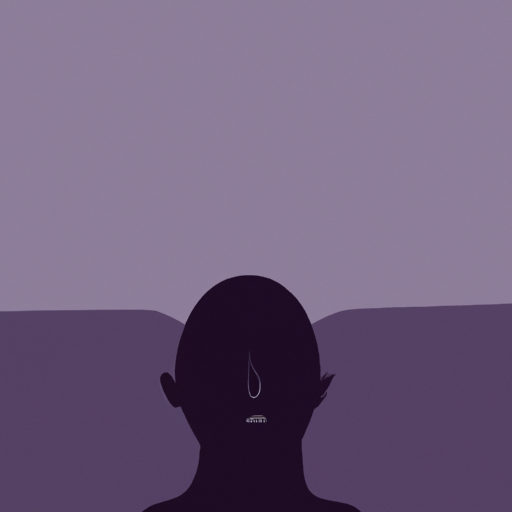Unveiling the Silent Epidemic Within Canada’s Opioid Crisis
The opioid crisis that continues to plague Canada has illuminated larger, more complex, health and social issues. Among these, a hidden, lesser-known side effect of opioid abuse is the increasing incidence of brain injuries. This unconscious yet pervasive consequence must be urgently addressed in our collective efforts towards opioid abatement.
The Hidden Scar of the Opioid Crisis
The surge in opioid addictions has been devastating, not only because of its lethal nature but due to the auxiliary damage it causes. In this case, the invisible damage inflicted on the brains of those battling addiction. It’s a silent epidemic within an epidemic, one that’s been overshadowed amidst the tumultuous chaos that the opioid crisis has inflicted on lives and communities.
Recurrent overdoses, typically combated with naloxone, can leave the brain severely damaged due to a lack of oxygen, also known as hypoxic brain injuries. This condition often leads to cognitive and physical impairments, exacerbating the spiral of desperation and addiction for those affected.
Consequences of the Brain Injury Epidemic
The presence of brain injuries within the opioid crisis further strain already overloaded health, social, and legal systems. Those living with brain injuries are more susceptible to homelessness and are more likely to come into contact with the criminal justice system. Moreover, their ability to reason, remember, learn, plan, and execute tasks, is impaired due to the injuries.
The Ripple Effect
This ripple effect touches families, communities, and institutions alike. Families are torn apart, facing the dual trial of addiction and the accompanying brain injury. Communities, particularly those affected the most by opioid-related crime and homelessness, are struggling to respond to these additional challenges.
Proposed Strategies to Combat the Dual Epidemic
A multi-faceted approach is needed to tackle both the visible and the invisible parts of this crisis. At the core of this strategy should be the will to address the root causes of addiction – be they economic, social, psychological, or a combination of all three.
- Social awareness campaigns must aim to de-stigmatize addiction and mental health issues.
- Increased funding for programs providing support to individuals and families facing addiction.
- More integrated approach in healthcare systems to monitor and treat those at risk or suffering from brain injuries due to opioid overuse.
- Greater support for homeless individuals affected by addiction and brain injuries, for example through subsidized housing or outreach programs.
- Assessment for brain injury should become a part of the standard procedure in response to overdose incidents.
- Promotion of research to better understand the complex interplay between addiction, overdose, brain injury and health outcomes.
Efforts from the Legal Arena: The Canadian Opioid Abatement Class Action
On the legal front, the Canadian opioid abatement class action is proving to be a significant step forward. This lawsuit seeks to recoup public costs associated with the opioid crisis in Canada. A positive verdict could provide much-needed funds to invest in initiatives that help alleviate the crisis, including addressing the silent epidemic of brain injuries.
In Conclusion
The opioid crisis in Canada continues to be a multifaceted and evolving problem. Alongside the crisis runs a lesser known, yet devastating epidemic of brain injuries. These invisible wounds exacerbate the tragedy for those caught in the spiral of addiction, and for their families and support systems trying to help. An integrated, multifaceted remedial approach is our best hope against the dual epidemics. With funds and action, we can rise against this crisis, protect our citizens and strengthen our communities.
